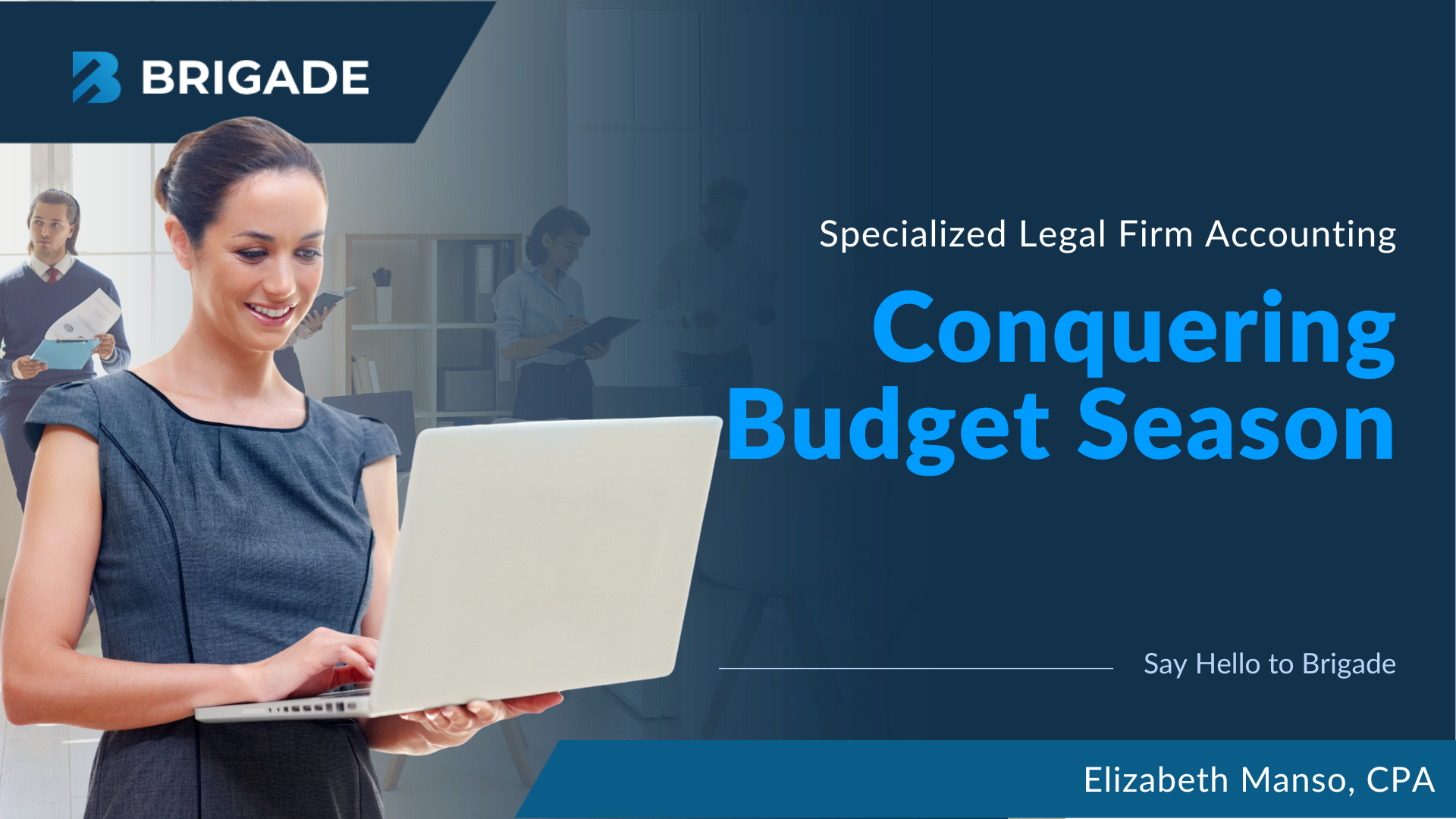
There will be a second wave of PPP loans, and the latest forgiveness rule changes are favorable to borrowers.
About “PPP2”
A federal bill signed into law on December 27, 2020, injected $284 billion more into the Paycheck Protection Program, providing a second round of PPP loans for qualifying small businesses. These second-draw loans, or “PPP2,”are expected to go live very soon as of this writing.
Here are a few of the details:
- The loan limit is $2 million.
- The amount a small business will qualify for is determined by taking their average monthly payroll in 2019 and multiplying it by 2.5.
- There is a special calculation for restaurants and food businesses, which provides 3.5 months of average monthly payroll.
- To qualify for a PPP2, you must have 300 employees or less (down from PPP1’s 500 employee maximum).
- If you received funds from PPP1, you must have already used or plan to use the funding before you can qualify for PPP2.
- You can use the loan proceeds over 24 weeks for expenses such as payroll, rent, and mortgage.
- Additional “qualifying expenses” in PPP2 include operating expenses, costs to protect employees from COVID, and covered property damage.
The Big Rule Change
To qualify for PPP2, a small business must certify that they have had a loss of revenue of 25% or greater. In PPP1, you were only required to state that economic uncertainty made the loan necessary.
About Loan Forgiveness
The new legislation provides that forgiven PPP loans will not be taxable to the small-business borrower. This applies to all existing PPP1 and forthcoming PPP2 loans.
As you may recall, this past summer, the IRS had said that PPP borrowers could not expense wages and other qualifying costs if PPP funds were used and the loan was forgiven. This position seemed contrary to what Congress intended back in March, but it took the most recent legislation to correct the interpretation.
- The good news: Borrowers can have their PPP loan forgiven, and they will still be able to deduct their payroll and other qualifying expenses paid for with their PPP funds. It also means emergency EIDL Grants and Advances, which are considered forgiven and, in most instances, do not need to be re-paid, are also not taxable to the small business borrower.
- Bottom line: Remember what happened the last time PPP loans were made available? Calling it an intense experience is an understatement. The rush was swift, and the pursuit was harshly competitive.
PPP2 will again be a first-come, first-served scenario. As we wait for updated application forms and guidance on how to apply, prepare now. Start by reaching out to an accounting professional about whether you qualify, what updated documents will be needed, and then make sure everything is ready to go ASAP.
Additional source: New Stimulus Bill Includes Second Round of PPP Loans for Small Business and Forgiveness Rule Changes Favorable to Borrowers

